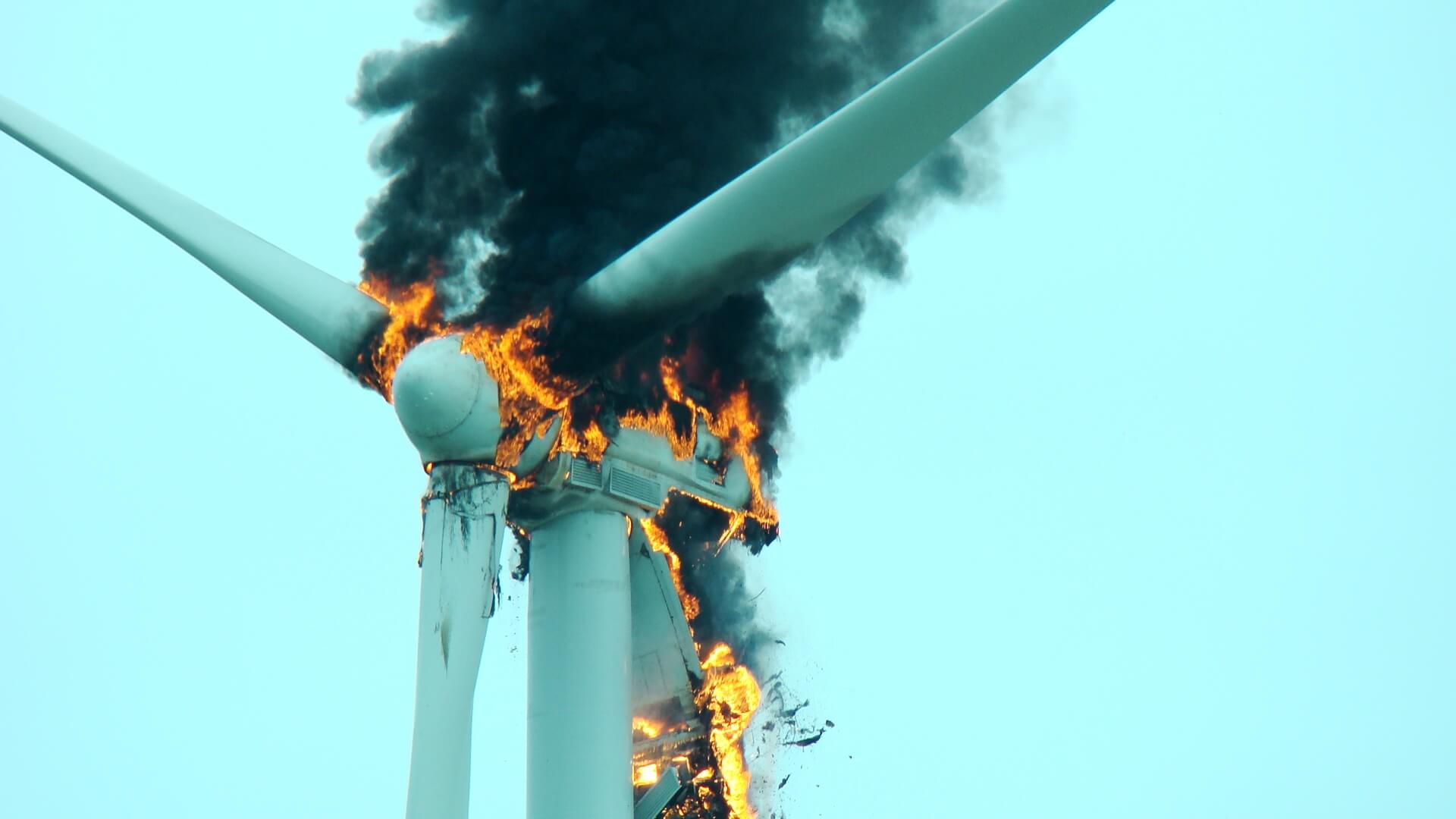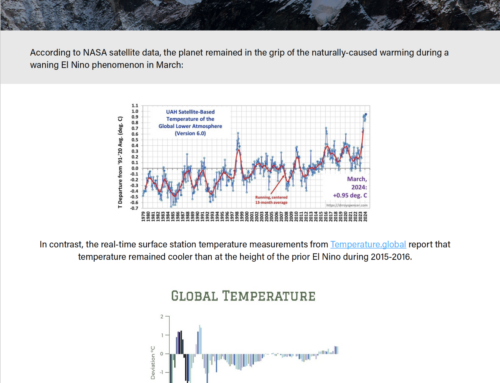by Greg Walcher, E&E Legal Senior Policy Fellow
As appearing in the Daily Sentinel
When we burn coal to generate electricity, we are said to be contributing to the long-term destruction of the Earth’s capacity to support life. So thousands of communities and utilities have switched to natural gas, only to be told that fracking might be poisoning the ground water and perhaps setting faucets on fire. Biomass sounded good for many years, but we know that, just like coal or gas, burning it puts carbon dioxide into the atmosphere, with the same results. I’ve always thought of hydroelectric power as the most renewable of all, but of course it requires dams, which we are told destroy fish habitat and alter the flow of rivers unacceptably.
Our national focus the past couple of decades has been on wind and solar. Political leaders have “invested” massive subsidies to alter the economics, spawning huge industries that might not have grown so much on their own. But then we find that solar panels take up too much space, are too expensive to power a nation this large, and require the use of minerals mined in China. That leaves wind, if we can ignore the problem of turbines chopping up eagles and other birds. Strange health problems seem to result from the noise of these giant machines, and some studies conclude that climate change is causing the wind itself to diminish in some areas, leading at least some researchers to wonder if wind power has the bright future once promised.
When those studies were published a couple years ago, one in Nature Scientific Reports and another in Nature Geoscience, they raised awareness that any energy source dependent on weather and climate is vulnerable to changes resulting from the very global-warming phenomenon they were supposed to thwart.






